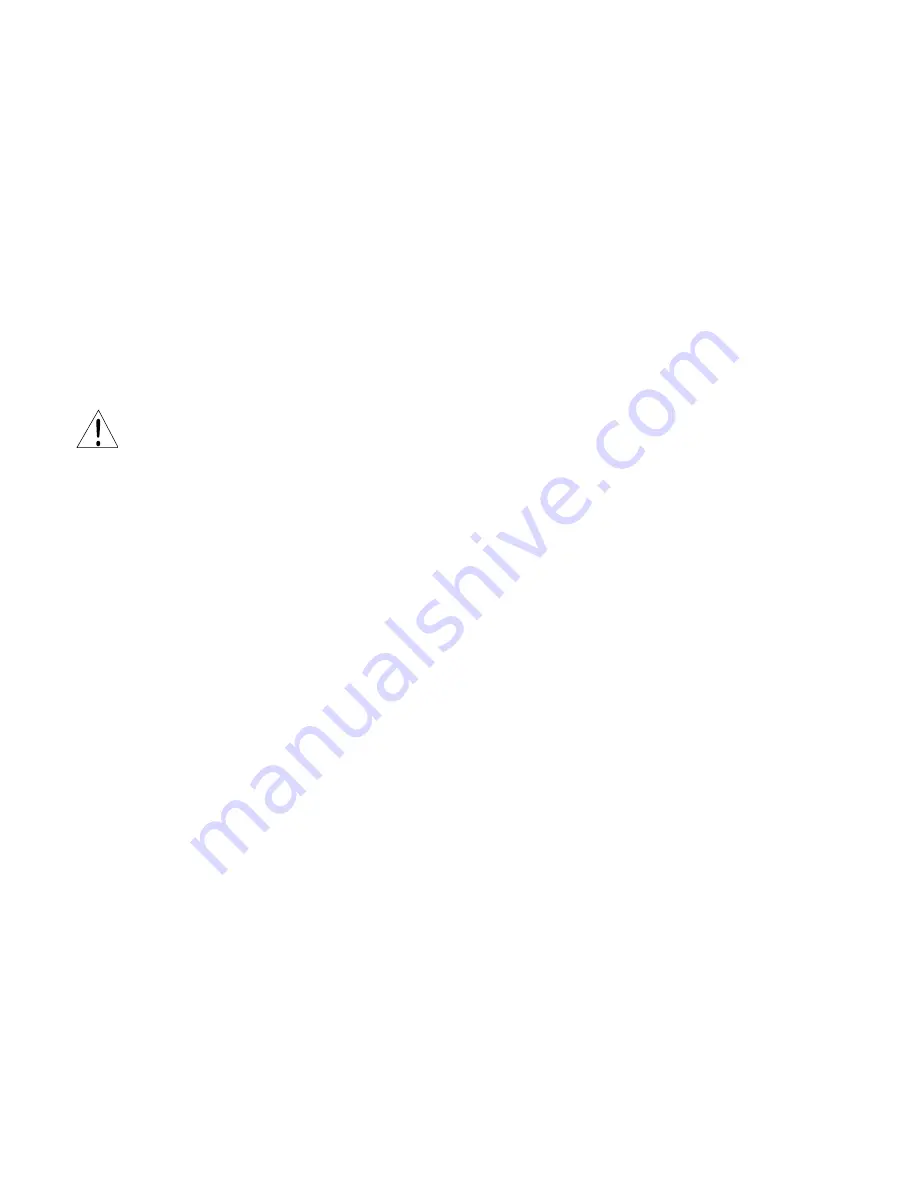
20
3. When handling a high or low temperature liquid, provide an expansion joint in the pipeline to
allow for stress caused by thermal expansion and contraction.
4. When handling a slurry liquid, provide a drain plug at the bottom of the piping and do not make
a “trap” in the piping system.
5.
When handling a viscous, toxic or a liquid that easily crystallizes, install piping for cleaning.
6.
Use adequate piping materials that can resist pressure and corrosion.
7.
Clean the inside of pipes before installation. Remove the caps fitted on the pump inlet and
outlet before installing piping. The caps are provided for preventing contamination by foreign
matter.
8.
A pressure relief safety valve and a pulsation dampener should be installed on the discharge
line near the pump.
CAUTION! Operation without a pressure relief safety valve installed could result in catastrophic
failure and a dangerous condition if the discharge line is closed for any reason during operation
Suction piping
1.
Flooded suction is always recommended.
2.
The diameter of the suction pipe should never be smaller than the size of the pump inlet.
3.
The suction piping should be as short as possible. Excessive length may lead to flow
restriction, cavitation and damage to the pump.
4.
Air ingress from the joints in the piping system may cause pumping damage or inconsistent
flow. Make sure the joints are well sealed.
Discharge piping
1.
Install a pressure relief safety valve as close to the pump discharge as possible. Its setting
pressure should not exceed the pressure permissible for the pump and pipes.
2.
Maintain pipe diameter (match pump discharge size) through discharge point including all
valves and injectors. At a minimum, match size through pressure relief valve to ensure safety
and protect the pump.
3.
Firmly connect and seal all the joints using proper pipe support (this includes flexible tubing
as pulsation and tubing flex can stress pump head connection).
4.
Install a pressure gauge on the discharge piping to verify actual pressure in discharge. The
pressure gauge must be installed before any pipe reductions to measure an accurate pressure to
the pump..
5. Install a pulsation dampener (air chamber or accumulator) in the discharge piping to prevent
any fluctuation of pressure. Install the pulsation dampener in a position close to the pump
discharge port. A pulsation dampener will significantly increase the life of the pump.












































